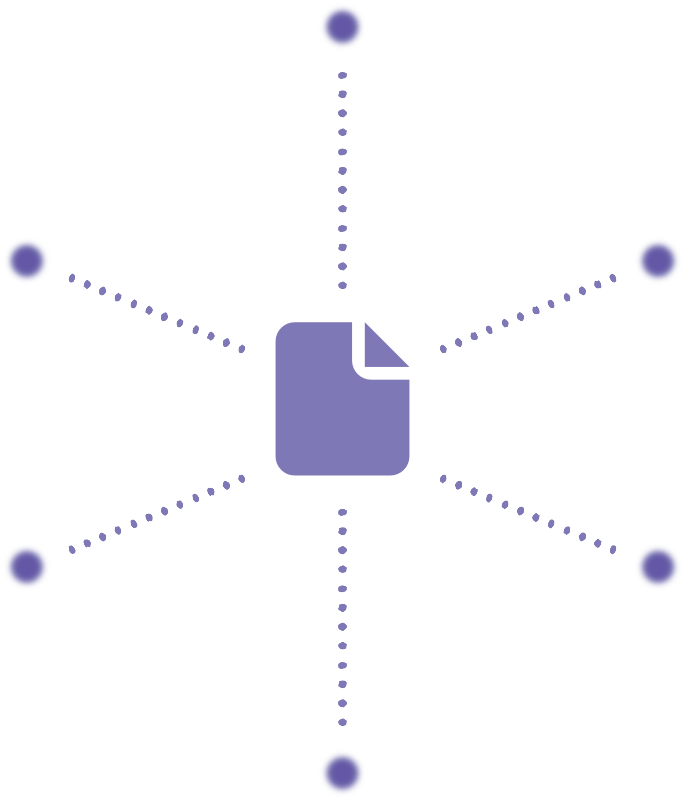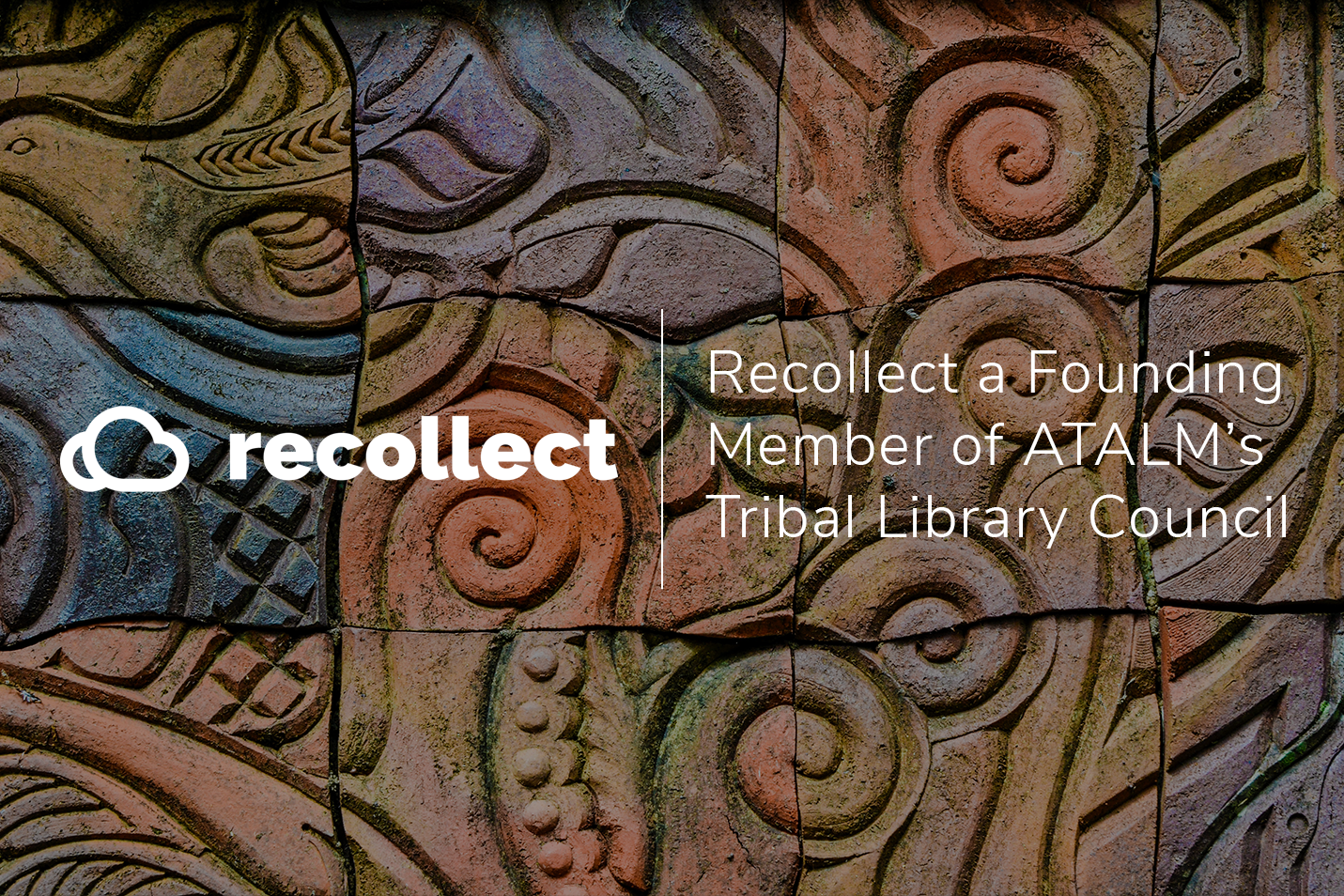Metadata can be simplistically defined as data about data. It is structured information that describes, explains, locates, or otherwise makes it easier to retrieve, use, or manage an information resource.
Metadata is usually categorised into three types:
-
-
- Descriptive metadata describes an information resource for identification and retrieval purposes through elements such as title, author, and abstract.
- Structural metadata documents relationships between objects through links to other components (e.g., how pages are put together to form chapters).
- Administrative metadata helps manage information resources through elements such as version number, archiving date, and other technical information for purposes of file management, rights management, and preservation.
-
Without proper metadata, resources lose their meaning and relevance. Bruno Latour expresses this well when he mentions that “fossils, rocks or skeletons can become meaningless once in the basement of museums if not enough context is attached to them” [B. Latour. Science in action. How to follow scientists and engineers through society. Open University Press, 1987.]
Metadata describing your collections is important for two reasons:
1. Discovery

Objects that have well formed metadata are much easier to find within collections, particularly when the metadata takes into account the type of information the searcher is looking for. For example, manuscripts with skiver bindings become easier to find if “binding” is a metadata field, objects with geo-location information can be easily discovered via map view, etc.
While this metadata could be stored as “tags” or in undescribed “text” fields, organising metadata into described fields (particularly those that link to other objects or metadata) is extremely powerful. When set up well, users are able to search specific fields and filter results based on related metadata to quickly discover content within collections.
Well described metadata creates rich relationships between collection items. This may be through simple connections such as topic or subject, but it can also be through other shared metadata — people connected with the object, locations, events, organisations, and so on.
The combination of well-structured metadata reflecting the true nature of the collections and the natural connectors within rich metadata, dramatically increases the discoverability of collections. This increases further when the metadata design takes into account the search needs of the intended user — for example, a geographic researcher has different needs compared to a family historian.
2. Comparing and Sharing

Metadata standards and related schema (e.g., MARC, MODS, Dublin Core, Australian Series System) can be useful when comparing data from different systems. The standards include agreement on language, spelling, date format, etc.
Metadata schemes are the overall structure for the metadata. It describes how the metadata is set up and usually addresses standards for common components of metadata like dates, names, and places. There are also discipline-specific schemas used to address specific elements needed by a discipline. These schemes or schema allow systems to easily share and consume information.
It is important to realise that these are not mutually exclusive requirements — the choice of a standard metadata schema that allows you to share you data does not prevent you from designing a comprehensive scheme that meets your discovery needs. Instead, the standard metadata schema should be considered a subset of the entire scheme.
Designing your metadata schema to achieve your goals can be met using a human-centred approach that puts the intended users at the centre of your design process. If you consider the needs of the internal and external users discovering your content, as well as the systems that you need to share data with, a metadata schema should become obvious and intuitive.
The only limits you face are your imagination and your choice of collection management platform!
In summary, when thinking about your systems and your metadata needs, consider how your metadata design can support content discovery by your intended audience and which metadata standard you will adopt to share information.













